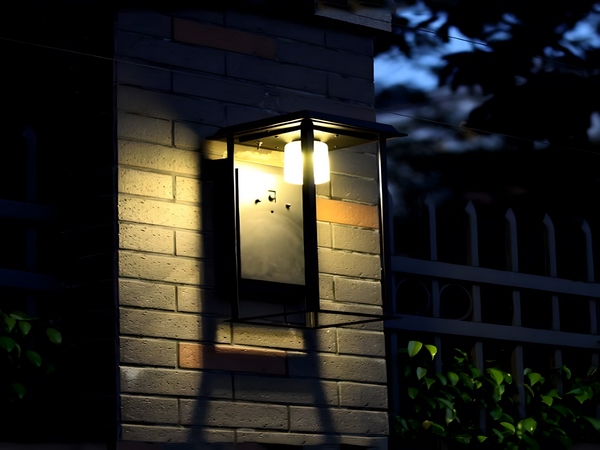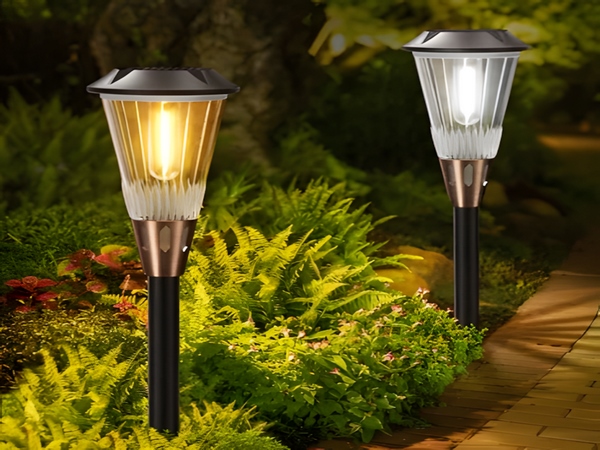
With the increasing awareness of energy conservation and environmental protection, as well as the development of solar technology, solar streetlights have become prevalent. The reason for the popularity of solar streetlights is largely due to their illumination being powered entirely by solar energy. Solar energy is a renewable, clean, and pollution-free resource that is inexhaustible. However, many people may wonder if longer illumination times for solar streetlights are better. In response to this question, the following is an introduction by the editor of Century Sunshine Lighting.

1. The longer the solar streetlight stays lit, the more burden it places on the solar battery. This can significantly reduce the cycle life of the battery, thereby affecting the lifespan of the solar streetlight.
2. The longer the illumination time of a solar streetlight, the larger the power requirement for the solar panel and the higher the battery capacity needed. This will lead to an increase in the overall cost of the solar streetlight system, raising the procurement costs for rural areas and increasing the financial burden on rural construction. A more reasonable configuration of solar streetlights, with appropriately chosen illumination durations, can provide better cost performance.
3. In many rural areas, roads are located close to houses, and the residents typically go to bed early. Some solar streetlights emit light that can shine into homes. If the illumination time is too long, it may negatively affect the sleeping patterns of the residents.

In summary, longer illumination times for solar streetlights are not necessarily better. When procuring solar streetlights, it is crucial to ensure that the recommendations for configurations are reasonable, and to set appropriate illumination durations before leaving the factory. For rural areas, an illumination time of about 6 to 8 hours, along with a dawn brightness mode, is considered more reasonable.



